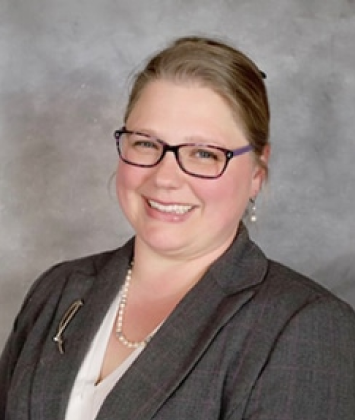Trademark applicants may have become aware that a change recently occurred in the way trademark registration certificates are processed. As of May 24, 2022, the United States Patent and Trademark Office (USPTO) will be issuing electronic trademark registration certificates rather than mailing paper certificates. The purpose of the transition from paper certificates to digital format allows trademark owners to receive documentation of their registration much more quickly — and sustainably. However, registrants will still be able to order printed presentation copies of their trademark registration certificates from the USPTO.
Why Did the USPTO Change the Trademark Registration Certificate Format?
The USPTO made the change to electronic certificates largely due to feedback from applicants. As a result, it began issuing registration certificates in digital format for all registered trademarks. The switch not only decreases the time for applicants to receive their certificates, but it also makes them more accessible and reduces the use of paper.
Now, instead of printing the certificates on paper and mailing them to applicants, the registrations will be issued under the electronic signature of the Director, along with a digital seal that authenticates the registration. The official registration certificates are uploaded to the Trademark Status and Document Retrieval system. Trademark owners are emailed a link to the email on record to access the certificate once it has been issued. The certificate can be viewed, downloaded, or printed at any time without incurring any fees.
How to Order a Presentation Copy of the Trademark Registration Certificate
Although the USPTO no longer sends paper registration certificates in the mail, they can still be ordered for those who wish to display or frame them. The paper presentation copy certificate is one page and printed on heavy paper. It features a gold foil seal and sets forth the following:
- The trademark owner’s identity
- The trademark class of goods or services
- Bibliographic data
While the certificate includes the particular class of the goods or services in connection with the trademark, it does not specifically list the goods and services. The presentation copy is free for those who filed trademark applications before May 24, 2022. Trademark owners who filed after that date can purchase a copy for $25 by using the Order Trademark Presentation Copy of Registration Certificate form in TEAS. Trademark holders can also order a certified copy of their trademark registration for $15. These copies can be used in legal proceedings and for trademark filings overseas.
What is the Trademark Registration Process?
While nearly anything that represents a brand can be a trademark, registration can be complex — it’s not as easy as simply filing paperwork and obtaining a certificate. There are many legal requirements that come into play and specific criteria that must be met to avoid an office action or denial. In addition, the trademark application must be completed correctly to prevent delays in processing.
First, you should ensure that the mark you seek to register hasn’t already been registered by another individual or entity. A comprehensive trademark search can reveal whether the mark is in use, or a similar one was registered that would cause a likelihood of confusion. Once you know your mark is clear for use, the application must be prepared for filing. It may take several months for the examining attorney to determine whether the proposed trademark complies with the applicable rules, and whether there are possible conflicting marks. An office action will be issued if there are any deficiencies or problems with the application.
Notably, a trademark application can be based on either (1) use in commerce or (2) intent to use in the future. If your mark is not currently being used in connection with goods or services in the marketplace, the USPTO will consider whether you have a good faith intent to do so. If your intent to use application is accepted, a Notice of Allowance will be issued. You have six months from the date specified on the notice to use the mark in commerce and file a Statement of Use — or request a six-month extension.
After the statement of use has been filed, a USPTO examining attorney will review it to determine whether it meets the filing requirements. Approximately two months after the Statement of Use is approved by the USPTO, registration will be issued. Once your mark has been successfully registered, it’s crucial to monitor it for any instances of infringement and renew it at the necessary intervals.
Contact an Experienced Trademark Registration Attorney
Registering your mark is vital to safeguard your brand from wrongdoers who seek to make a profit off your company’s goodwill. However, the process can often be confusing, and it is best to have a skilled trademark attorney who can help you navigate the process. Located in Ann Arbor, Michigan and serving clients nationwide, the Trademark Lawyer Law Firm, PLLC works with business owners and entrepreneurs concerning all aspects of the trademark registration and application process. Contact us today to schedule a complimentary 15-minute consultation to learn how we can help.





